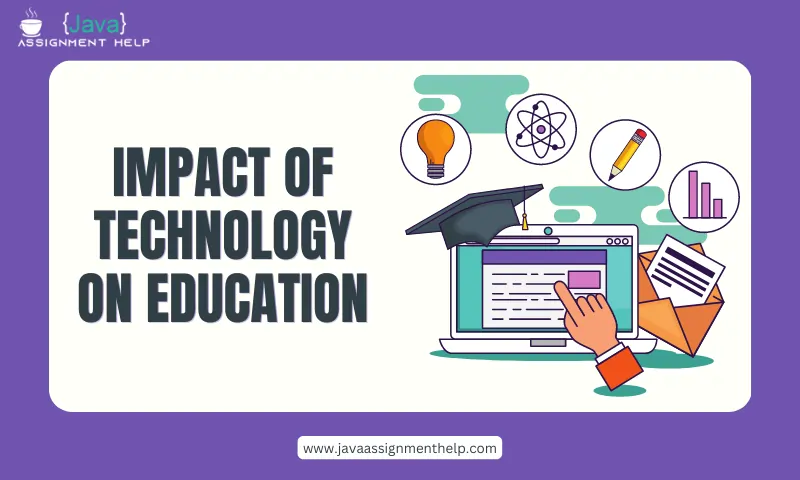Bias is a natural human tendency that is often influenced by societal and cultural factors. Bias can take many forms, including implicit bias, conscious bias, and structural bias. In the context of special education, bias can manifest in many ways, including:
Stereotyping: Assigning characteristics or assumptions to individuals based on their disability status.
Discrimination: Treating individuals differently based on their disability status.
Unequal opportunities: Limiting the educational opportunities or resources available to special education students.
Negative attitudes: Holding negative beliefs or attitudes towards special education students or their families.
Bias in special education can have profound consequences for the education and well-being of special education students. Bias can lead to lower academic achievement, higher rates of discipline, and decreased access to resources and opportunities.
Here are some strategies for addressing and breaking down barriers in special education:
Awareness and Education: Teachers, administrators, and families can work together to raise awareness about bias and its impact on special education students. By educating themselves and others, they can identify and challenge biases and stereotypes that may be affecting special education students.
Culturally Responsive Teaching: Teachers can implement culturally responsive teaching practices that recognize and honor the cultural backgrounds and experiences of special education students. This can include incorporating diverse perspectives and experiences into the curriculum and using culturally responsive instructional strategies.
Inclusive Practices: Inclusive practices can ensure that all students, regardless of their disability status, are included in the classroom community and have access to the same opportunities and resources. This can include providing accommodations and modifications, implementing Universal Design for Learning (UDL) principles, and using differentiated instruction.
Collaboration and Partnership: Collaboration and partnership between teachers, families, and community members can help to break down barriers and create a more inclusive and equitable learning environment for special education students. By working together, they can identify and address issues of bias and discrimination, and advocate for the needs of special education students.
Professional Development: Teachers and administrators can participate in ongoing professional development to deepen their understanding of bias and its impact on special education students. This can include training on cultural competence, inclusive practices, and anti-bias strategies.
By addressing bias in special education, we can break down barriers and create a more inclusive and equitable learning environment for all students. With awareness, education, and action, we can ensure that special education students have the resources, opportunities, and support they need to thrive.




